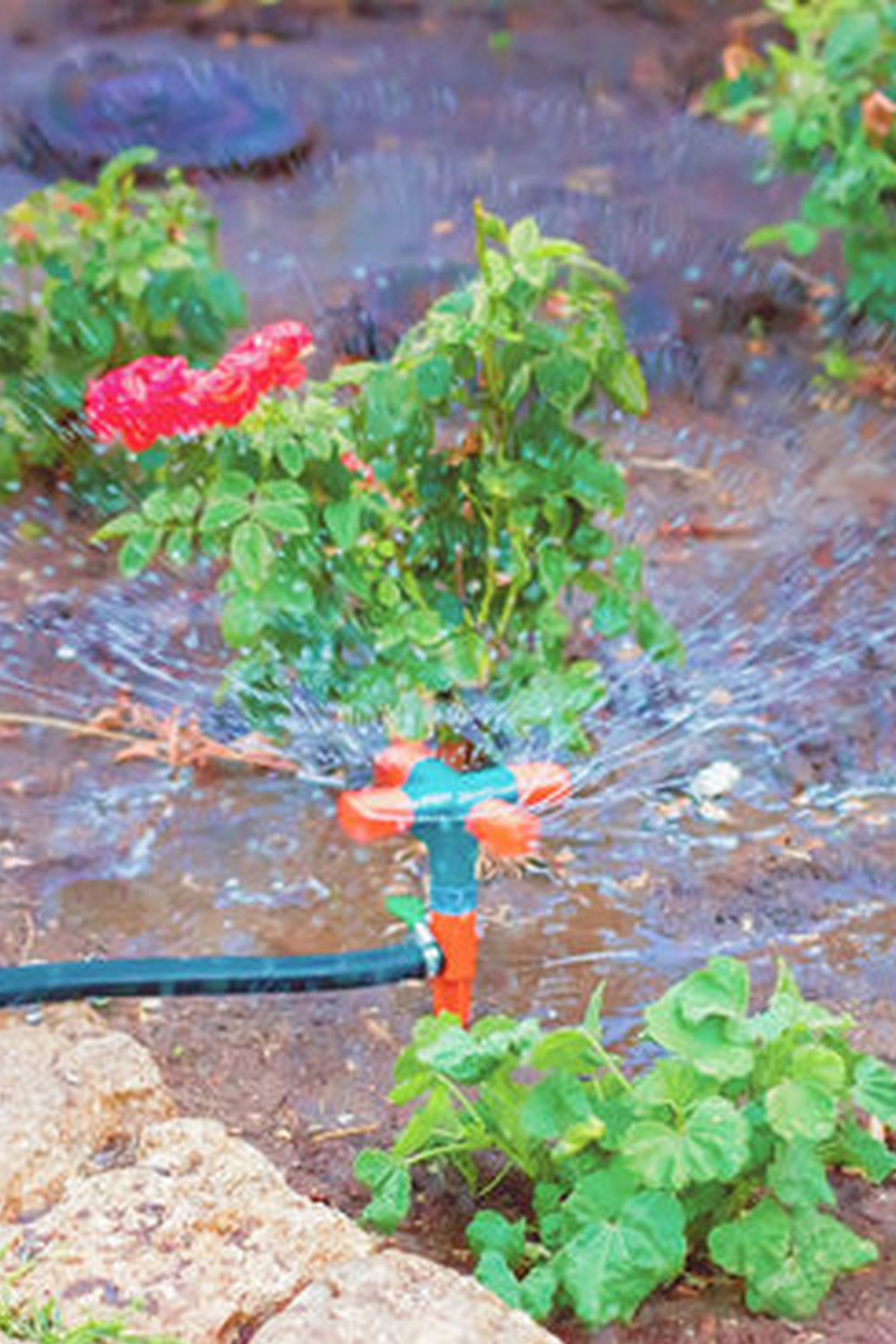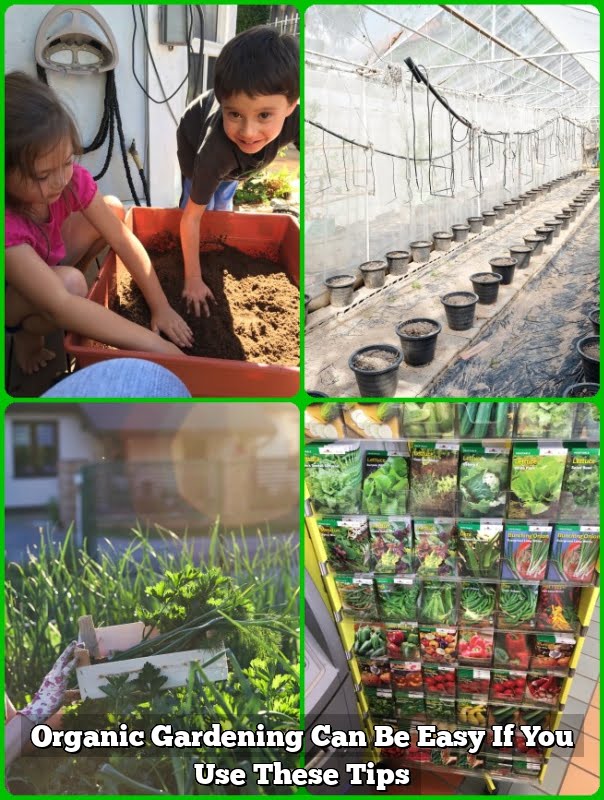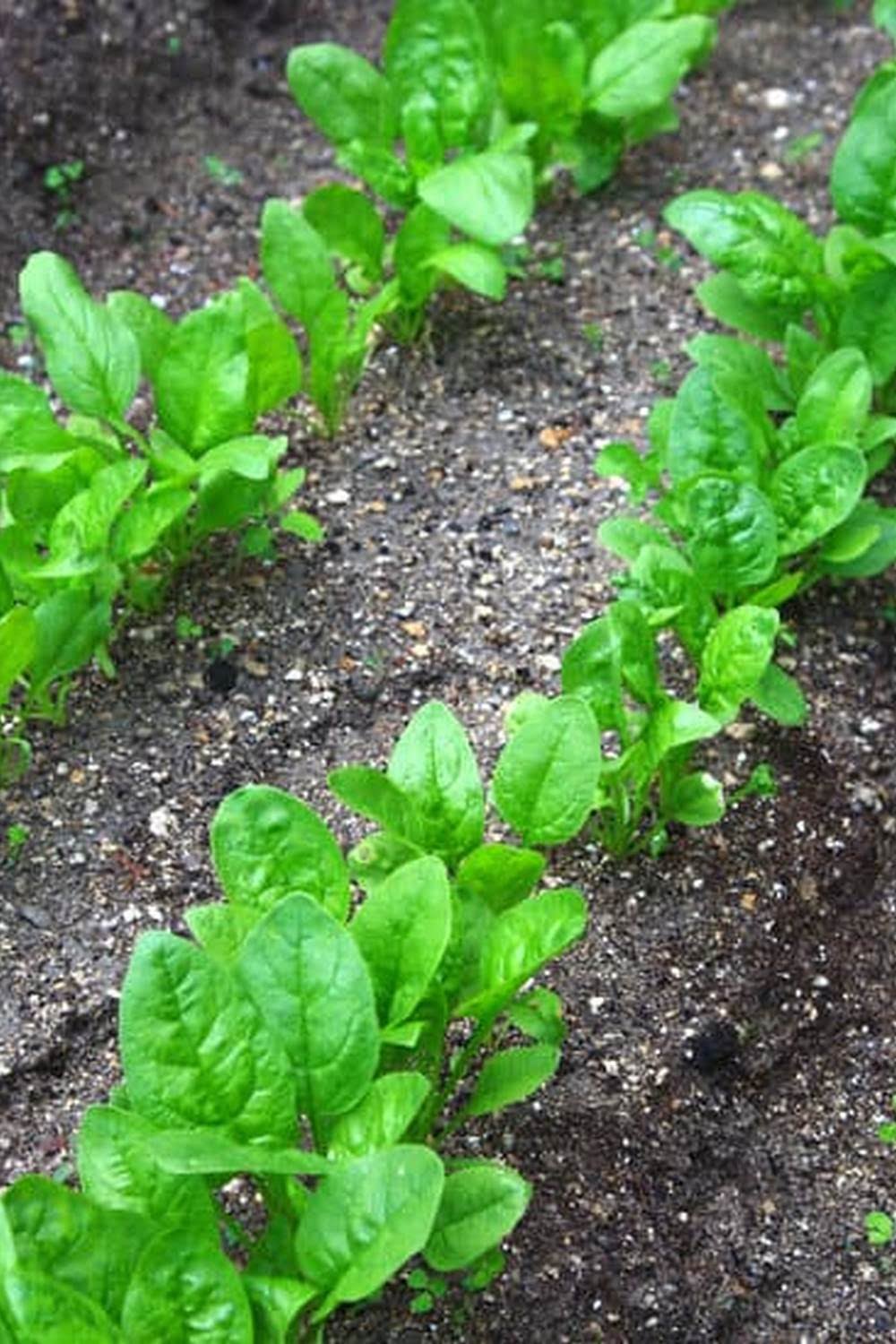Are you interested in starting your own vegetable garden but not sure where to begin? In this article, we will provide you with easy vegetable gardening tips to help you get started on your journey to growing your own delicious and nutritious produce right at home. Whether you have a green thumb or are new to gardening, these tips will make the process simple and enjoyable.
Growing your own vegetables comes with a multitude of benefits, including access to fresh and flavorful produce, saving money on groceries, and knowing exactly where your food comes from. Not to mention, there is something incredibly satisfying about harvesting vegetables that you have nurtured from seedlings to maturity. With our easy vegetable gardening tips, you can experience these benefits firsthand in your very own backyard or even on a sunny windowsill.
When it comes to choosing which vegetables to grow, consider your climate and the amount of sunlight your garden receives. Some vegetables thrive in cooler temperatures, while others require plenty of sun. By selecting the right vegetables for your specific conditions, you can increase the likelihood of a successful harvest. Stay tuned as we guide you through the process of planning your vegetable garden layout and preparing the soil for planting in the following sections.
Benefits of Growing Your Own Vegetables
Growing your own vegetables at home not only provides you with fresh and delicious produce, but it also offers a multitude of benefits for both you and the environment. By taking up easy vegetable gardening tips, you can experience these advantages first-hand. Here are some reasons why growing your own vegetables can be a rewarding and beneficial endeavor:
- Health Benefits: Consuming freshly picked vegetables from your garden ensures that you are getting the maximum nutritional value out of your produce. You have control over what chemicals or pesticides come into contact with your vegetables, allowing you to have a healthier diet.
- Cost-Effective: Purchasing produce from the store can quickly add up in cost, especially if you opt for organic options. By growing your own vegetables, you can save money on groceries and enjoy a bountiful harvest throughout the growing season.
- Environmental Impact: Cultivating your own vegetable garden helps reduce the carbon footprint associated with transporting produce to stores. Additionally, by avoiding harmful chemicals and pesticides, you contribute to a healthier ecosystem in your backyard.
In addition to these benefits, growing your own vegetables can also provide a sense of satisfaction and accomplishment as you watch your plants thrive and produce nutritious foods for you and your family. With proper planning and utilizing easy vegetable gardening tips, anyone can enjoy the rewards of homegrown vegetables.
Choosing the Right Vegetables to Grow
When it comes to choosing the right vegetables to grow in your garden, there are a few key factors to consider to ensure a successful harvest. One of the first things to think about is your local climate and growing season.
Certain vegetables thrive better in specific climates, so it’s important to choose varieties that will do well in your area. Additionally, consider the amount of sunlight your garden receives as some vegetables require full sun, while others can tolerate partial shade.
Another factor to keep in mind when selecting which vegetables to grow is your personal preferences and dietary needs. If you have limited space or are new to gardening, you may want to start with easy-to-grow vegetables like tomatoes, lettuce, and cucumbers. These plants are generally low-maintenance and can be very rewarding for beginners. Consider what you enjoy eating and what will give you the most satisfaction when planning out your vegetable garden.
To maximize your harvest and make the most of your garden space, think about planting a variety of vegetables that have different maturity times. This way, you can stagger your planting schedule and enjoy a continuous harvest throughout the growing season.
Additionally, consider planting companion plants that can benefit each other by repelling pests or providing nutrients to neighboring plants. By choosing a diverse selection of vegetables and being strategic in your plant choices, you can create a thriving garden that provides you with fresh produce all season long.
| Key Factors for Choosing Vegetables | Tips for Success |
|---|---|
| Consider local climate and growing season | Choose varieties that suit your area |
| Personal preferences and dietary needs | Start with easy-to-grow options |
| Plant variety with different maturity times | Stagger planting for continuous harvest |
Planning Your Vegetable Garden Layout
When planning the layout of your vegetable garden, it is important to consider factors such as sunlight exposure, spacing between plants, and accessibility for watering and harvesting. One key tip for an easy vegetable gardening experience is to group together plants with similar water and sunlight requirements. This will not only make it easier for you to care for your garden but also ensure that your plants thrive in their optimal conditions.
Another essential aspect to consider when planning your vegetable garden layout is spacing. Each type of vegetable has different requirements for spacing between plants to allow for proper growth and development. Researching the specific spacing needs of the vegetables you plan to grow will help prevent overcrowding and competition for nutrients, resulting in healthier plants and a more bountiful harvest.
In addition, don’t forget about accessibility when designing your vegetable garden layout. Make sure there are clear pathways between planting beds to make it easy for you to navigate the garden for tasks such as weeding, watering, and harvesting. Raised beds can also be a great option for easier access and better drainage. By taking these factors into consideration when planning your vegetable garden layout, you can set yourself up for a successful and enjoyable gardening experience.
Preparing the Soil for Planting
Testing and Amending Soil
Before you start planting your vegetables, it is essential to test the soil in your garden. Testing the soil will help you determine its pH level, nutrient content, and texture. You can easily purchase a soil testing kit from your local gardening store or have a professional test it for you.
Based on the results, you may need to amend the soil to create the ideal growing conditions for your vegetables. Adding organic matter such as compost, manure, or peat moss can improve soil structure and fertility.
Clearing and Preparing the Ground
Once you have tested and amended the soil, it’s time to clear and prepare the ground for planting. Remove any weeds, rocks, or debris from the area where you plan to grow your vegetables. Use a tiller or garden fork to loosen the soil and break up clumps.
This will help create a friable and aerated environment that allows plant roots to spread easily. Consider creating raised beds or using containers if your soil quality is poor or if you have limited space.
Creating Nutrient-Rich Soil Beds
To ensure that your vegetable plants have access to essential nutrients throughout their growth cycle, create nutrient-rich soil beds. Mix in well-balanced fertilizers or organic compost into the planting area before sowing seeds or transplanting seedlings. Choose fertilizers specifically formulated for vegetables to promote healthy growth and abundant harvests.
Make sure to follow package instructions carefully to avoid over-fertilizing, which can harm your plants. By preparing nutrient-rich soil beds, you are setting your vegetable garden up for success from the start.
Essential Tools and Supplies for Easy Vegetable Gardening
When it comes to easy vegetable gardening, having the right tools and supplies can make a world of difference in the success of your garden. Here are some essential items that every aspiring gardener should consider investing in:
Garden Gloves
Protecting your hands while tending to your vegetable garden is crucial. Garden gloves not only shield your skin from cuts and scrapes but also help prevent blisters and splinters. Choose a pair that fits well and provides good grip for handling tools and plants.
Garden Trowel
A garden trowel is a versatile tool that will come in handy for planting, transplanting, weeding, and more. Look for a sturdy trowel with a comfortable handle to make your gardening tasks easier and more efficient.
Watering Can or Hose
Proper watering is essential for the health of your vegetable plants. Whether you prefer a traditional watering can for precision watering or a hose for larger areas, make sure you have a reliable watering system in place. Consider investing in a soaker hose or drip irrigation system for efficient water distribution.
With these essential tools and supplies, you’ll be well-equipped to start your own easy vegetable garden. Remember to regularly maintain and clean your tools to ensure their longevity and efficiency throughout the growing season. Happy gardening.
Watering and Fertilizing Your Vegetable Garden
Watering and fertilizing are crucial aspects of maintaining a healthy and thriving vegetable garden. Providing the right amount of water and nutrients to your plants will ensure they grow properly and produce a bountiful harvest. One of the most important easy vegetable gardening tips is to water your garden consistently, especially during dry spells or hot weather. Most vegetables require about 1 inch of water per week, either from rainfall or manual watering.
In addition to watering, fertilizing your vegetable garden is essential for plant growth and fruit development. Before planting, it’s recommended to amend the soil with organic matter such as compost or aged manure to provide a nutrient-rich environment for your vegetables.
Throughout the growing season, you can also use organic fertilizers like fish emulsion or seaweed extract to supplement soil nutrients. It’s important to follow the instructions on the fertilizer package to avoid over-fertilization, which can harm plants.
Another easy vegetable gardening tip for watering and fertilizing is to monitor your plants regularly for any signs of nutrient deficiencies or overwatering. Yellowing leaves, stunted growth, or leaf curling can indicate that your plants need more nutrients or less water. By staying vigilant and adjusting your watering and fertilizing schedule as needed, you can ensure that your vegetable garden thrives throughout the season.
| Aspect | Recommendation |
|---|---|
| Watering | Consistently provide about 1 inch of water per week |
| Fertilizing | Amend soil with organic matter before planting; use organic fertilizers throughout the growing season |
| Monitoring | Regularly check plants for signs of nutrient deficiencies or overwatering |
Common Pests and Diseases in Vegetable Gardening and How to Combat Them
Pests and diseases are common challenges that vegetable gardeners face, but with the right knowledge and strategies, you can effectively combat them to ensure a healthy harvest. Here are some easy vegetable gardening tips to help you deal with common pests and diseases:
- Identify the pest or disease: One of the first steps in combating pests and diseases in your vegetable garden is to identify what you are dealing with. Look for visible signs such as holes in leaves, chewed stems, or yellowing foliage. You can also seek guidance from gardening resources or local extension services for accurate diagnosis.
- Implement organic pest control methods: Instead of resorting to chemical pesticides, consider using organic methods to control pests in your vegetable garden. This can include introducing beneficial insects like ladybugs or lacewings, using insecticidal soaps or neem oil, and practicing crop rotation to minimize pest populations.
- Practice good garden hygiene: Proper sanitation practices can help prevent the spread of diseases in your vegetable garden. Remove any diseased plant material promptly, clean and sterilize tools between uses, and avoid working in wet conditions which can promote the growth of fungal pathogens.
Dealing with pests and diseases may seem daunting at first, but by being proactive and following these easy vegetable gardening tips, you can successfully combat common threats to your precious plants. Remember that prevention is key, so regularly inspecting your garden for any signs of trouble and taking action early can make a big difference in maintaining the health of your vegetables throughout the growing season.
With patience and persistence, you can enjoy a bountiful harvest of homegrown produce free from pesky pests and diseases.
Harvesting and Enjoying Your Homegrown Vegetables
In conclusion, harvesting and enjoying your homegrown vegetables is the most rewarding part of easy vegetable gardening. After all the hard work you put in, there’s nothing quite like picking fresh produce from your own garden and enjoying it at the dinner table. Whether it’s a crisp salad made with homegrown cucumbers and tomatoes or a hearty stew with carrots and potatoes from your garden, the taste of these vegetables will be far superior to store-bought ones.
One of the key benefits of growing your own vegetables is knowing exactly where your food comes from. By harvesting your own produce, you can be sure that no harmful chemicals were used in its cultivation. This not only ensures that you are consuming nutritious and safe food but also contributes to a healthier environment. Additionally, cultivating your own vegetables can save you money in the long run by reducing grocery bills and inspiring a more sustainable lifestyle.
As you continue on your journey of easy vegetable gardening, remember to savor the process of watching your plants grow and thrive. From choosing the right vegetables to planning your garden layout, preparing the soil, and dealing with potential pests and diseases, each step contributes to a successful harvest.
With dedication and patience, you’ll soon find yourself reaping the rewards of homegrown fruits and vegetables that will nourish both body and soul. So dig in, enjoy the bountiful harvests from your garden, and take pride in knowing that you’ve cultivated something truly special right in your own backyard.
Frequently Asked Questions
What Is the Easiest Vegetable Garden for Beginners?
The easiest vegetable garden for beginners is a container garden. It requires minimal space, can be placed on a balcony or patio, and is easy to maintain. Container gardens also allow for better control over soil quality and drainage.
What Vegetables Are Easiest to Grow for Beginners?
Vegetables that are easiest to grow for beginners include lettuce, radishes, cherry tomatoes, green beans, and zucchini. These vegetables have relatively short growing seasons, require minimal care, and are forgiving of beginner mistakes in watering or fertilizing.
What Are 5 Things You Should Do to Prepare a Good Veggie Garden?
To prepare a good veggie garden, start by selecting a sunny location with well-draining soil. It is essential to clear the area of weeds and debris before planting. Next, determine which vegetables will thrive in your region’s climate and growing season.
Amending the soil with compost or organic matter will help provide necessary nutrients for healthy plant growth. Finally, ensure you have the appropriate tools for planting, watering, and weeding to keep your vegetable garden in top shape throughout the growing season.

If you’re looking to get into vegetable gardening, or are just looking for some tips on how to make your current garden better, then you’ve come to the right place! My name is Ethel and I have been gardening for years. In this blog, I’m going to share with you some of my best tips on how to create a successful vegetable garden.





